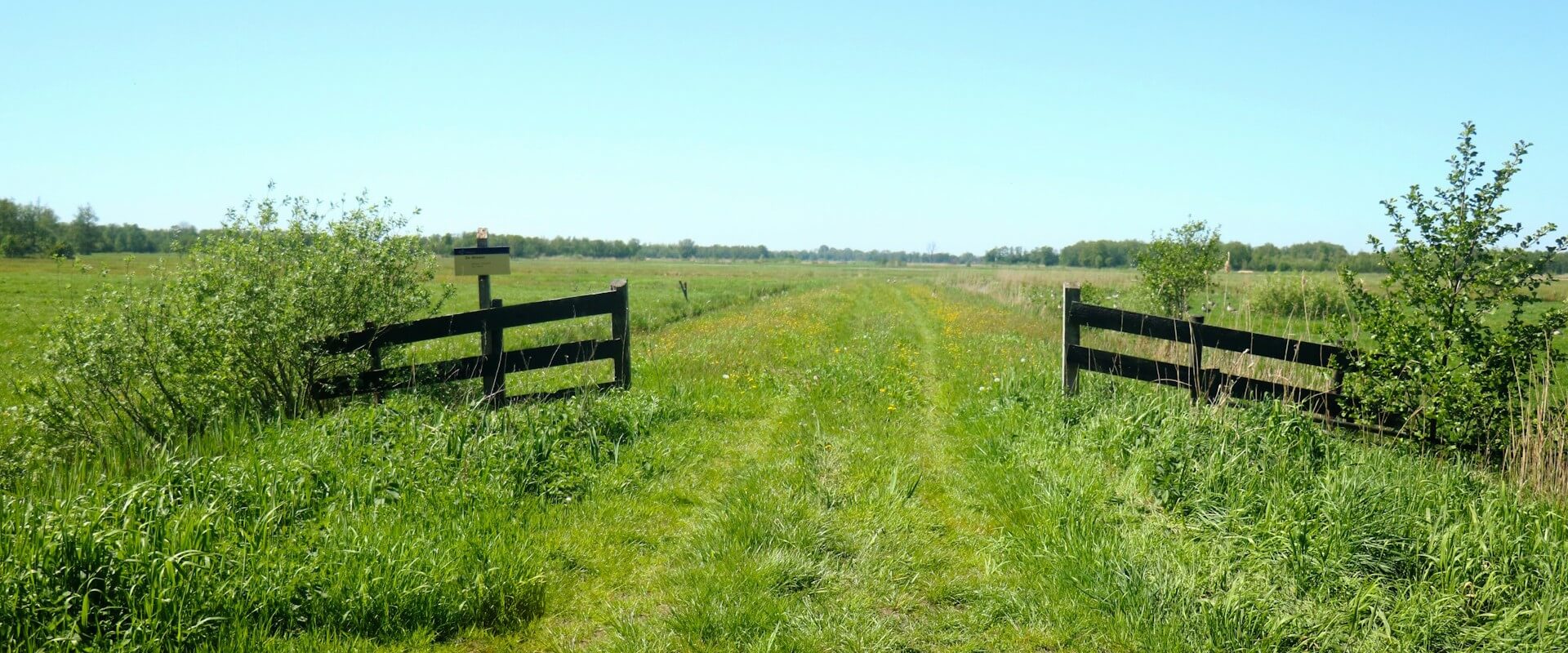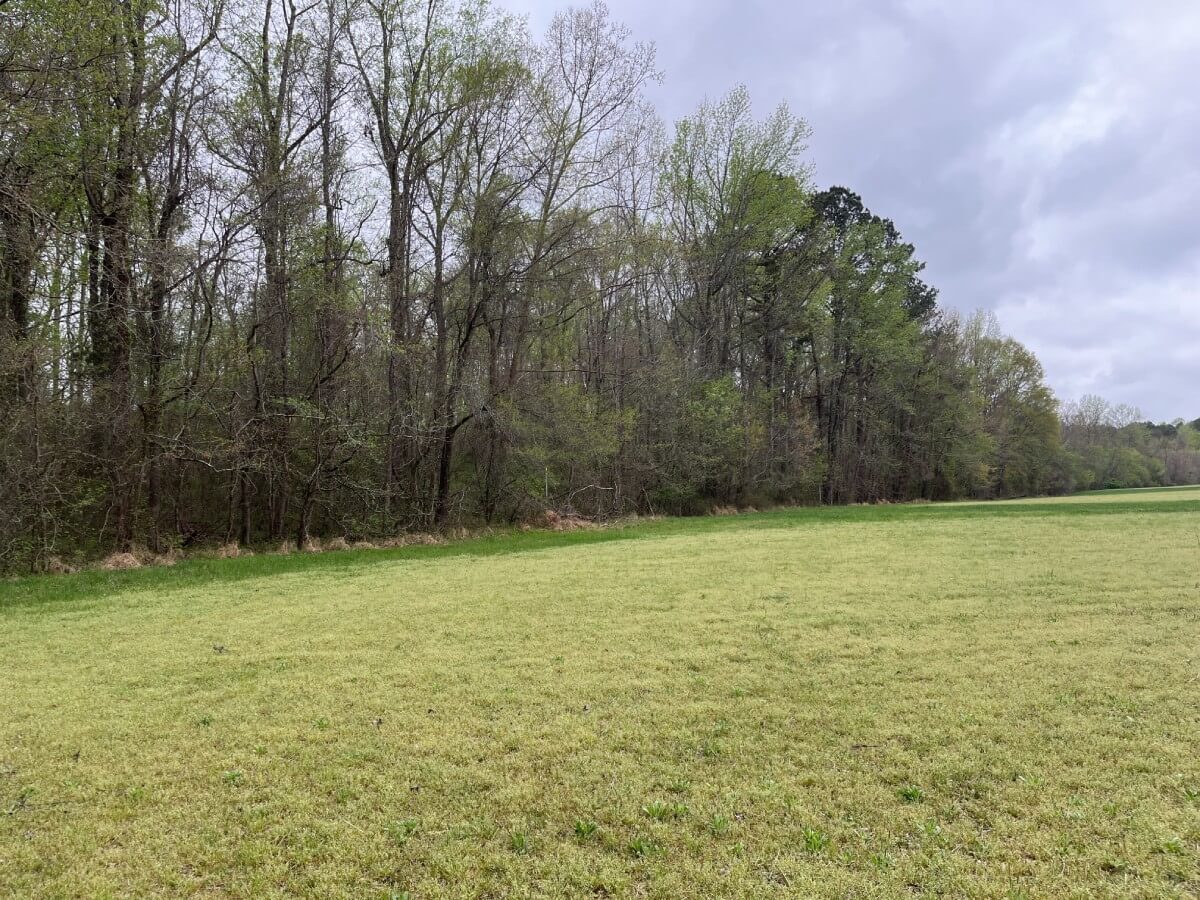Economics is all about determining how to best use our limited resources, and assigning a value to these can help us understand how scarce these resources are. When we value ecosystem services and biodiversity, we show what we're willing to trade off to protect these natural treasures.
This valuation makes it clear to everyone, especially policymakers, that biodiversity and ecosystem services are worth protecting. Letting them degrade has actual costs. Ignoring these costs can lead to poor policy decisions and misuse of resources, ultimately hurting society.
Valuation Difficult to Determine
Establishing a value on anything is more complicated than you might think. Even defining the value of something of which we assume is valuable , like gold, can be tricky. In an open market system, we simplify the process by giving everyone a ‘vote’ on its value.
One party offers a sales price, and another provides a buying price. Thousands or millions of these transactions eventually lead to market prices.
However, market prices for commodities, stocks, and consumables only reflect their value to individuals or select groups. When dealing with nature, there is often a conflict between its value to humanity and its intrinsic value or value as part of a wider ecological system.
Ecosystem services affect many people, and applying a market-based approach to valuation can cause inconsistencies. This is especially true when we don't fully understand the true extent to which ecosystem services impact the planet and society.
However, for the sake of decision-making and resource allocation, there are some methods at our disposal that can assign a currency value to ecosystem services.
Methods of Valuing Ecosystem Services
Deliberative Valuation
We all share ecosystem services so developing a just and equitable valuation is imperative. This is why some economists use group-based deliberations, open forums, and focus groups to arrive at collaboratively derived values.
Market-Based Valuation
This method uses existing market prices to estimate the value of ecosystem services. For example, the value of timber, fish stocks, or even carbon can be directly observed in market transactions. Wetlands can even be valued by looking at the mitigation credit market.
Revealed Preferences
Revealed preference techniques rely on observing individual choices in existing markets. Market participants "reveal" their preferences through their decisions. With ecosystem services, economists can observe how consumers choose to spend their money and time in relation to nature.
For example, we can look at how much money people are spending on outdoor recreation or the distances and time that visitors travel to reach National Parks in order to determine the demand for these things.
Stated Preferences
For stated preference methods, instead of observing real-world markets, economists instead attempt to create a virtual one in order to understand consumer demand.They do this by using surveys meant to gauge people's reactions to hypothetical conditions.
For valuing ecosystem services, surveys will often ask participants to express their feelings to changes in them. For example, they may ask about changes in ecosystem services that were brought about by new policies. The goal is to find out what the participants would be willing to pay to see these changes.
Importantly this method can help estimate both an ecosystem's direct and indirect value, where other methods provide less clarity between the two.
Benefit Transfer Method
The benefit transfer method is one of the simplest ways to value ecosystem services. It can often simply be a desk-top exercise, and is often utilized when an economist needs a cost and time-efficient way to estimate valuations.
Using existing valuation studies, an economist can apply some basic assumptions to capture the value of the ecosystem or ecosystem service of interest. The accuracy of this method relies heavily on how the underlying assumptions are made, so identifying a study with similar environmental and economic contexts is critical.
Valuing Ecosystem Services Challenges
Despite the benefits of being assigned a number value, the act of valuation comes with several challenges. As mentioned, ecosystems and their services are simply too complex to confidently reduce them to a currency.
Some valuation challenges include:
- Non-Market Values: Many ecosystem services don't have a market price, making it difficult to assign them a monetary value.
- Variability: The value of ecosystem services can change over time and across different locations, adding more complexity to the valuation process.
- Equity and Social Justice: Valuation methods need to consider who benefits from what ecosystem services and who bears the costs of their loss or degradation.
Above all, human behavior tends to be unpredictable, and we need to remember that valuation models can't always reliably determine how a person may show their preferences. As the saying goes, “all models are wrong, but a few are useful.”
Why Valuing Ecosystem Services is Important
To summarize, understanding and valuing ecosystem services is essential for several reasons.
- By assigning a value to ecosystems and the services they provide, valuation methods allow for better and more informed decision-making.
- It leads to more efficient use of our natural resources by helping to prioritize where and when investments can be made.
- By highlighting the economic value of an ecosystem service, it helps to raise public and policymaker awareness of the importance of preserving natural environments.
Our modern society often overlooks the unintended costs, or "externalities," that arise from our decisions to buy, sell, trade, or develop. However, by placing a value on ecosystems, economists can help us recognize and account for these hidden costs.
Conclusion
Despite challenges, valuing ecosystem services is vital for integrating nature into our economy.
Recognizing the scarcity of the earth’s natural benefits helps us make sustainable choices. As an environmental non-profit, Unique Places to Save advocates for policies that reflect nature's true worth, ensuring its benefits sustain communities for generations.
About the Author
Sam Warnock brings in-depth experience with ecosystem services, natural capital accounting, and environmental regulations based on his time spent in the private environmental sector and his education. His experience stems from projects related to regulatory permitting, chemical analysis, and EPA compliance. He has overseen a broad range of projects across the globe with a focus on environmental sustainability.
Learn More





